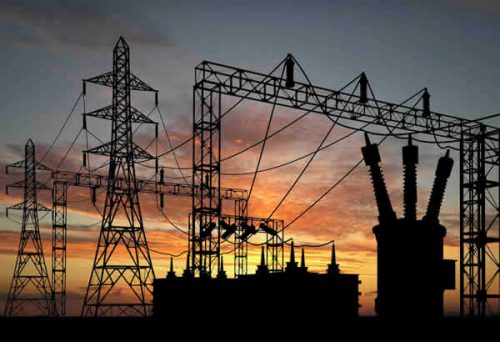Customers in Band A areas have taken to the streets to protest the inadequate power supply, as many reported receiving only two hours of electricity per day despite paying higher tariffs for better service. The protests, which began in several urban centers, have sparked public outcry over the erratic and insufficient electricity supply, with demonstrators demanding immediate action from both the electricity distribution companies and the government.
Band A customers, categorized as those with higher electricity consumption or in more urbanized areas, are supposed to receive more consistent and reliable service in exchange for the premium rates they pay. However, many of these customers have been left frustrated by frequent outages and minimal electricity hours, which has severely impacted their daily lives and businesses.
“We are paying for a service that we are not receiving,” said one of the protest organizers. “The two hours of power is not enough for our needs. Businesses are suffering, students are unable to study, and our homes are in darkness for most of the day. This is unacceptable.”

The protests have led to a growing sense of dissatisfaction with the country’s electricity distribution system, which many view as inefficient and underdeveloped. Despite investments in the sector and the privatization of the electricity distribution companies, consumers continue to face power shortages, high bills, and poor service.
Electricity consumers in Band A are particularly vocal in their complaints, arguing that they have been paying higher tariffs for a service that is increasingly unreliable. Many residents of these areas have reported receiving only a few hours of power per day, despite their high payments. “We were promised better service when the tariff increase was introduced, but now we are getting less power than before,” said a local business owner.
The protests are also raising broader concerns about the lack of transparency in the energy sector, as customers question how funds are being allocated and whether the distribution companies are fulfilling their obligations to provide consistent service.
In response to the protests, some distribution companies have blamed the erratic power supply on a combination of factors, including insufficient power generation, transmission challenges, and ongoing infrastructure issues. However, customers are demanding that these companies take responsibility for the poor service and find long-term solutions to the problem.
The government has acknowledged the unrest and promised to address the issue, with the Ministry of Power calling for an urgent review of the power distribution system. “We understand the frustrations of the people and are working to ensure that the necessary reforms are made to improve the electricity supply,” said a government spokesperson.
Consumers are calling for more transparency, better accountability from the distribution companies, and improvements in infrastructure to ensure that the promised reliable power supply is delivered. While some have suggested the need for a complete overhaul of the power sector, others have called for a more immediate focus on addressing the current shortages and improving service delivery to those who are most affected.
As the protests continue, Band A customers are holding out hope that their voices will lead to meaningful change in the electricity distribution system. With power supply issues persisting, the pressure is mounting on both the government and electricity distribution companies to prioritize customer satisfaction and ensure that the nation’s power infrastructure is improved to meet the growing needs of the population.
Support InfoStride News' Credible Journalism: Only credible journalism can guarantee a fair, accountable and transparent society, including democracy and government. It involves a lot of efforts and money. We need your support. Click here to Donate
